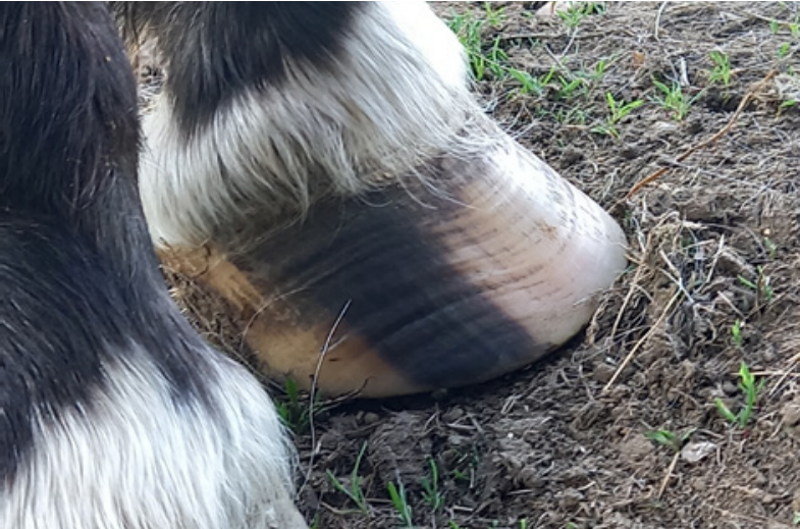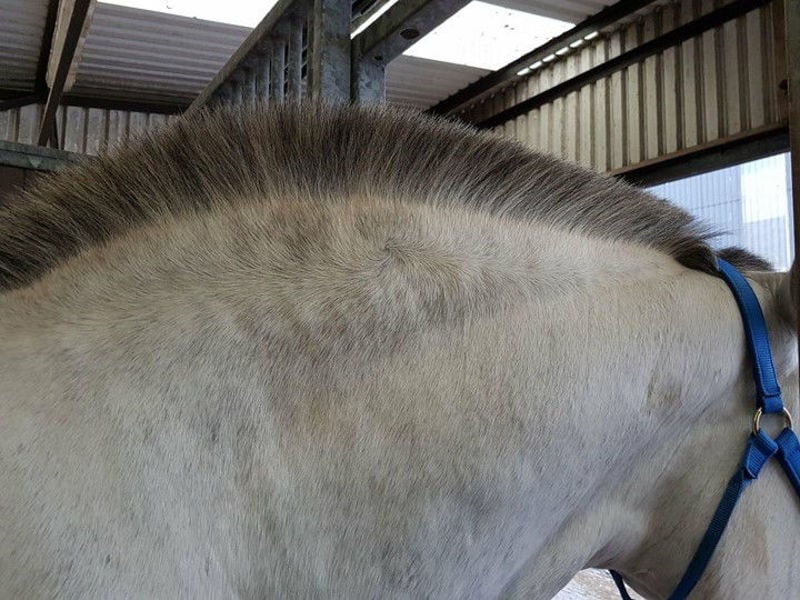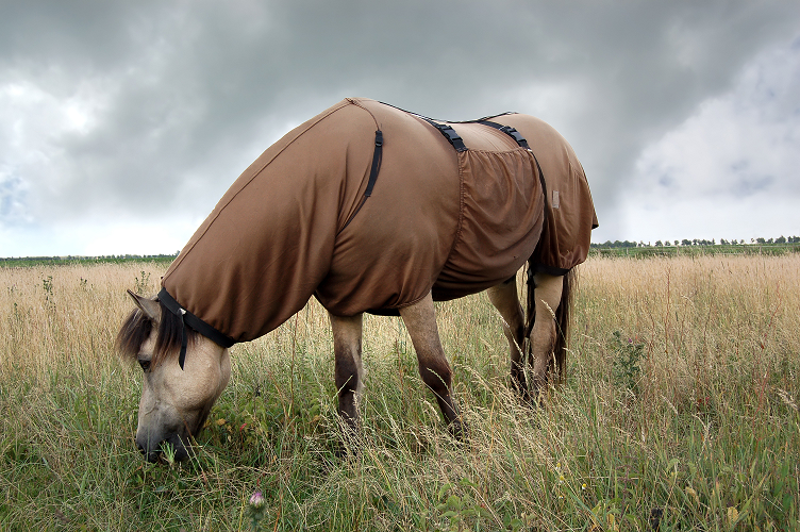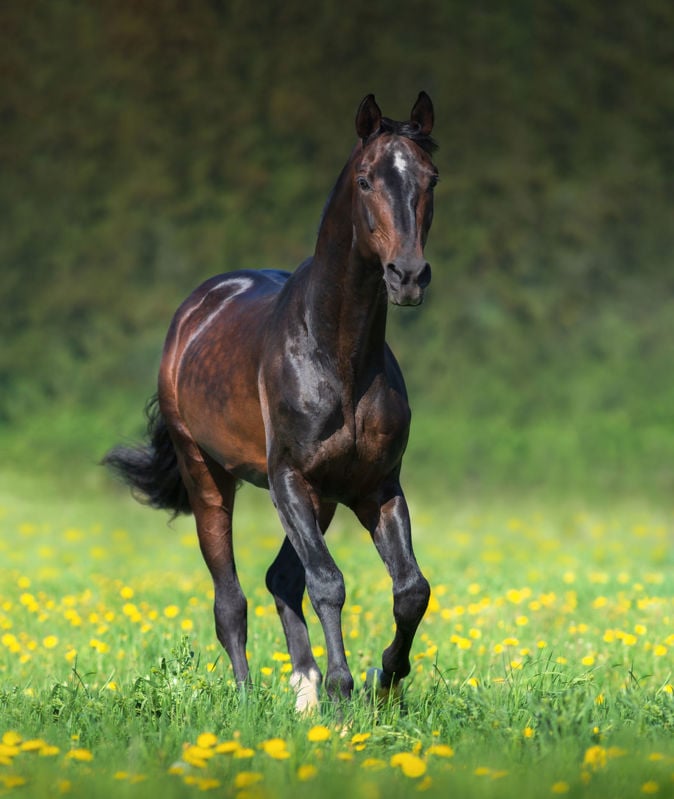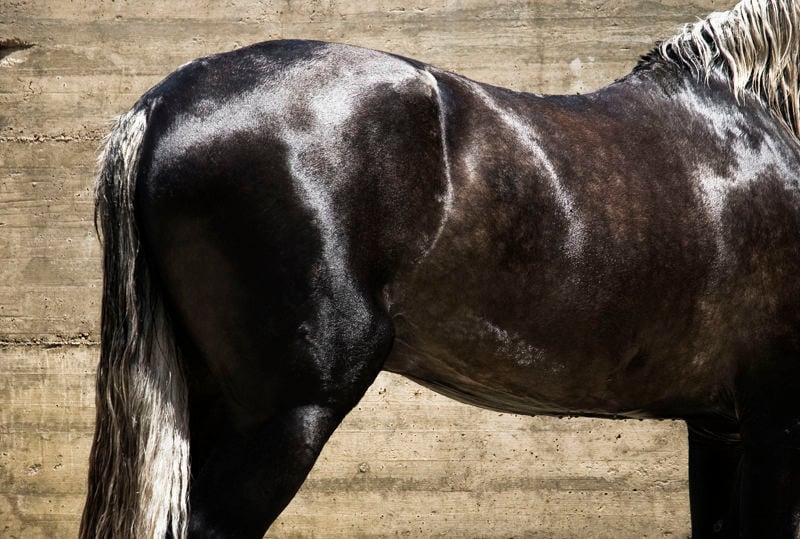Feedmark Nutritionist discusses the importance of respiratory health and how forage quality affects equine respiratory health. Discover low-dust alternatives like haylage and silage, plus expert tips to prevent respiratory diseases
Filters
Blog Options
Blog archive
- 2025
- 2024
- 2023
- 2022
- 2021
- 2020
- 2019
- 2018
- 2017
- 2016
- 2015
- 2014
Close
45 YEARS AT THE CENTRE OF EQUINE NUTRITION™

- Bespoke All-in-One™
-
Products
- Back
- Horse Joint Supplements
- Horse Digestion Supplements
- Horse Muscle Supplements
- Horse Vitamins & Minerals
- Horse Calming Supplements
-
Horse Respiratory Supplements
- Back
- Clarity®
- Horse Hoof Supplements
- Horse Skin & Coat Supplements
- Horse Health Supplements
- Supplements for Older Horses
- Horse Breeding Supplements
-
Horse Hormone Supplements
- Back
- Hormonease™
- Horse Treats
-
Herbs for Horses
- Back
- Boswellia
- Burdock Root
- Celery Seed
- Chamomile
- Chastetree Berry
- Cider Apple Vinegar
- Cinnamon
- Clivers
- Comfrey
- Dandelion Roots & Leaves
- Devil's Claw
- Echinacea
- Fenugreek Seeds
- Fussy Feeder
- Garlic Powder
- Hawthorn
- Hedge Herbs
- Liquorice
- Marigold Flowers
- Marshmallow Root
- Meadowsweet
- Milk Thistle Seeds
- Mint
- Nettle
- Rosehips
- Seaweed
- Slippery Elm
- Spirulina
- Turmeric
- Yucca
- Canine
- Gift Cards / Rewards
- ABOUT US
- Contact Us
- Knowledge base
Menu
-
Products
- Back
- Horse Joint Supplements
- Horse Digestion Supplements
- Horse Muscle Supplements
- Horse Vitamins & Minerals
- Horse Calming Supplements
-
Horse Respiratory Supplements
- Back
- Clarity®
- Horse Hoof Supplements
- Horse Skin & Coat Supplements
- Horse Health Supplements
- Supplements for Older Horses
- Horse Breeding Supplements
-
Horse Hormone Supplements
- Back
- Hormonease™
- Horse Treats
-
Herbs for Horses
- Back
- Boswellia
- Burdock Root
- Celery Seed
- Chamomile
- Chastetree Berry
- Cider Apple Vinegar
- Cinnamon
- Clivers
- Comfrey
- Dandelion Roots & Leaves
- Devil's Claw
- Echinacea
- Fenugreek Seeds
- Fussy Feeder
- Garlic Powder
- Hawthorn
- Hedge Herbs
- Liquorice
- Marigold Flowers
- Marshmallow Root
- Meadowsweet
- Milk Thistle Seeds
- Mint
- Nettle
- Rosehips
- Seaweed
- Slippery Elm
- Spirulina
- Turmeric
- Yucca
- Canine
- Gift Cards / Rewards
- ABOUT US
- Contact Us
- Knowledge base
Dr. Stephanie Hyland BSc (Hons)
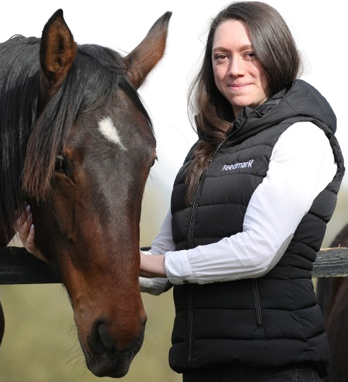 Please call Stephanie Hyland MSc. RNutr. on 0800 585525
Please call Stephanie Hyland MSc. RNutr. on 0800 585525
for qualified nutrition advice.
 Please call Stephanie Hyland MSc. RNutr. on 0800 585525
Please call Stephanie Hyland MSc. RNutr. on 0800 585525 for qualified nutrition advice.
Blog
Tania Sundra & David Rendle discuss equine gastric ulcer syndrome (EGUS) and the growing appreciation of the difference between squamous gastric & glandular gastric disease.
Anouk Frieling discusses atypical myopothy (AM) and the effects if has on the horses muscles.
Rebecca Allan, Feedmark’s Assistant Nutritionist, explores the different toxins that can be found in plants commonly found in grazing or forage, and discusses the consequences of their consumption on the horse’s health.
Feedmark’s Senior Nutritionist, outlines the different energy pathways and dietary options for supporting optimum performance and it's relevance to horses with greater exercise demands.
The liver is the largest organ in the body of the horse. It is in charge of metabolising carbohydrates, proteins, and fat and can also excrete numerous toxic compounds. Eduardo Alguacil, MRCVS provides an update on the causes, symptoms and treatment options for equine liver disease.
Laminitis is now considered to be a syndrome associated with systemic disease (sepsis or endocrine disease) or altered weight bearing rather than being a disease itself. Nicola Menzies-Gow takes an in-depth look into laminitis...
Discover the causes, symptoms, and management strategies for Equine Metabolic Syndrome (EMS). Learn how to care for horses with EMS and reduce the risk of complications like laminitis.
Feedmark's Assistant Nutritionist, Rebecca Allan, looks at the cause, diagnosis and treatment of sweet itch, a common seasonal allergic condition that affects a wide range of horses and ponies.
Dr. Femke Schaafstra, PhD Equine Nutrition, MSc, BSc, takes an in-depth look into electrolytes and their use in horses.
Horses are seasonal breeders and the breeding season for horses in the northern hemisphere generally lasts from April to October. Anouk Frieling, MSc Equine Sciences, BSc (Hons), discusses the nutrition of the stallion...
We consider how to maintain skin health in winter, common skin conditions that horse owners are likely to encounter, their treatment and what we can do to prevent them.
Copyright © 2025 Feedmark Ltd. All rights reserved.
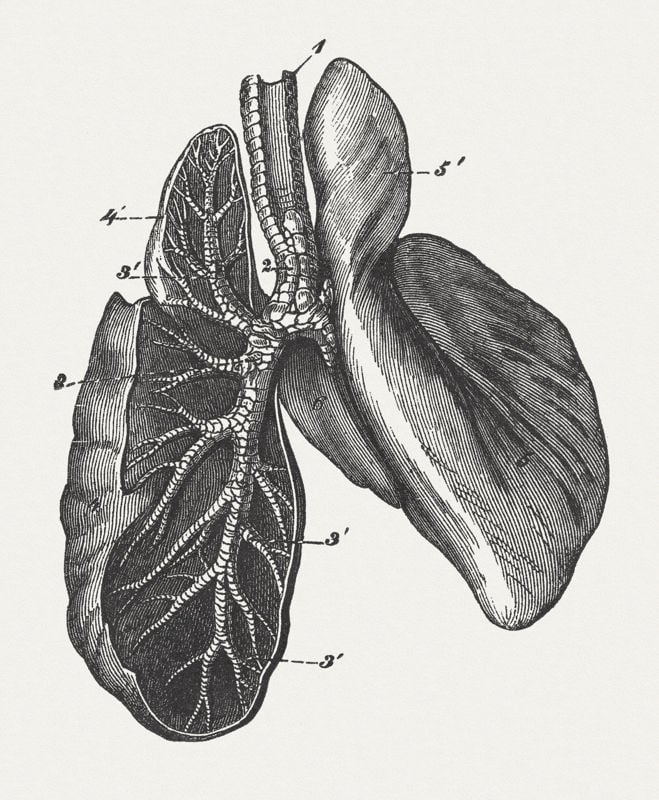
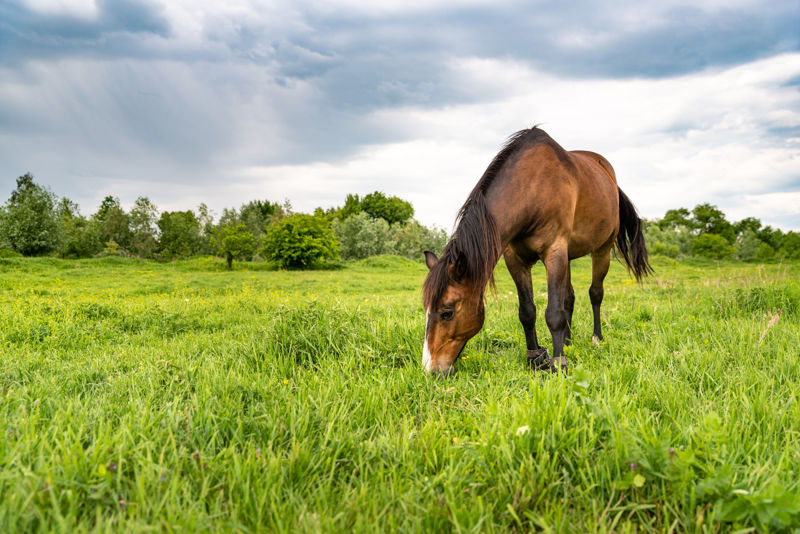
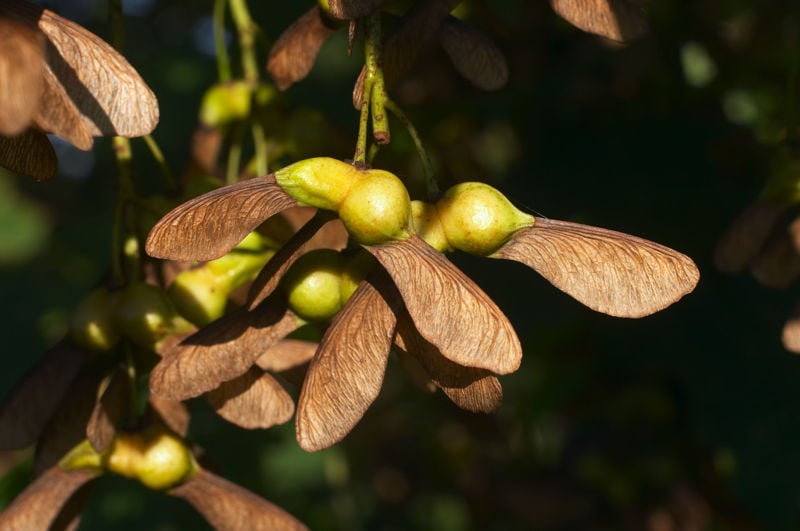


_800.jpeg)
